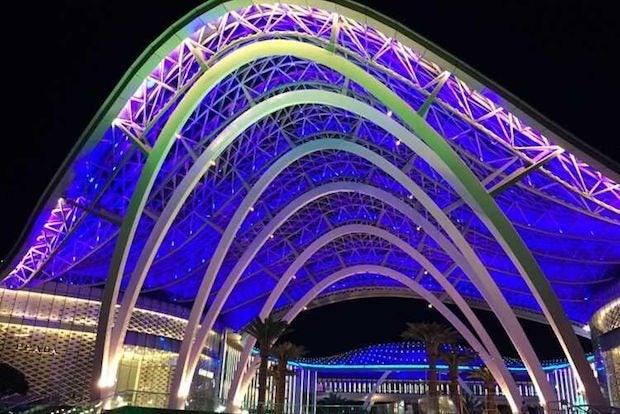
This article was published earlier in our weekly newsletter. Sign up through our “Newsletter Sign Up” box on the right.
From duty-free shops to customs crackdowns, the Chinese government has been on a mission over the past year to encourage its luxury shoppers to keep their shopping sprees at home, despite the high prices that are encouraging them to shop abroad.
As high tariffs on imported goods have continued to drive more Chinese consumers than ever to shop abroad, China’s domestic luxury market shrank by 2 percent last year, according to Bain & Company. Overall global spending, however, increased by 10 percent as 78 percent of luxury purchases by Chinese consumers took place outside of mainland China.
Recently, the Chinese government has been aiming to regain a piece of that growth by undertaking several key efforts to “repatriate” consumers’ luxury spending. These efforts include a mix of initiatives to make buying at home more attractive, as well as crack down on sellers who try to dodge tariffs with gray-market imports.
On one side, China has been making more efforts to encourage shoppers to want to make domestic purchases through the development of duty-free shops. In February this year, the Ministry of Finance announced that it had opened 19 new inbound duty-free shops in the country’s airports. This was not long after Hainan—which holds the world’s biggest duty-free mall—announced in January that it will lift the cap on tourists’ duty-free spending.
But the Chinese government isn’t just trying to make domestic shopping easier for consumers—it’s also trying to to make business harder for daigou sellers. As a result, China’s customs authorities have been publicizing increased efforts to crack down harder on those smuggling goods into the country, with high-profile busts of large-scale sellers (for example, a gray-market seller in Ningbo was sentenced to 18 months in prison in June 2015).
These efforts—along with the rise of cross-border e-commerce purchases through legitimate channels—have managed to deal a blow to the daigou market. Bain estimates that in 2015, it contracted to be worth 43 billion RMB, down from between 55-75 billion RMB in 2014.
But the main issue driving consumers to international and daigou sales remains price. Despite duty-free development, as well as two announcements to cut tariffs on imported items over the past year, the “China price” of luxury goods remains much higher than abroad for most brands. High demand for daigou items and a wide number of small-scale sellers that can still make it through customs means the gray market isn’t likely to die completely anytime soon, meaning brands need to take matters into their own hands to respond.